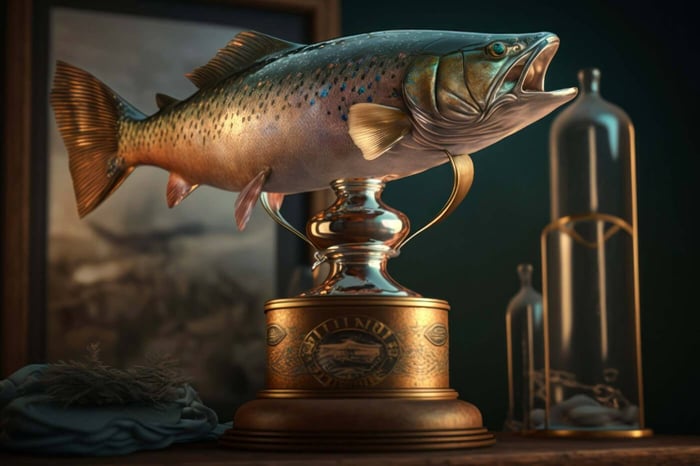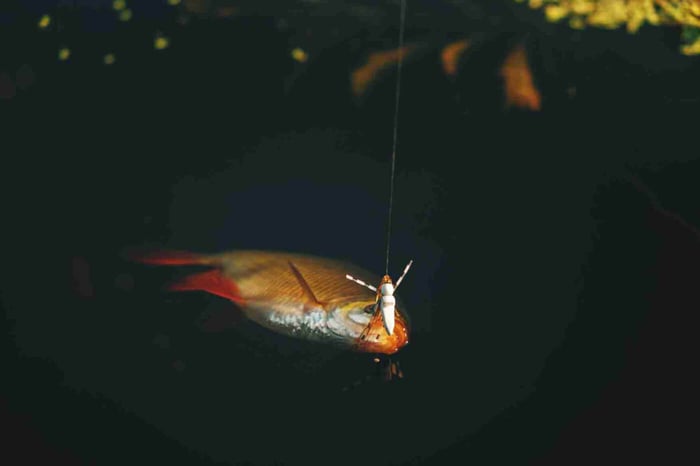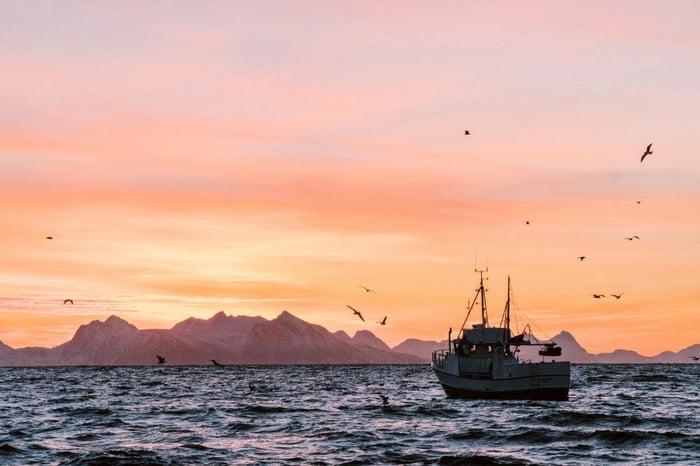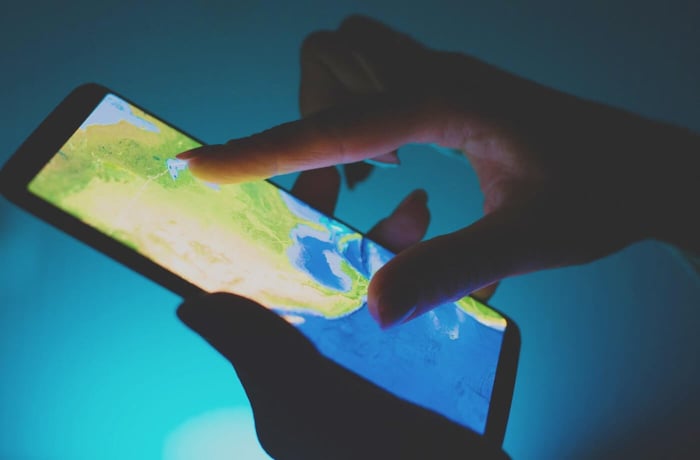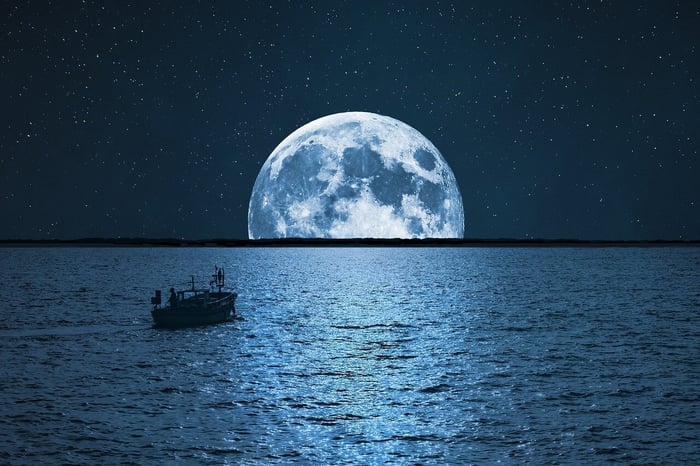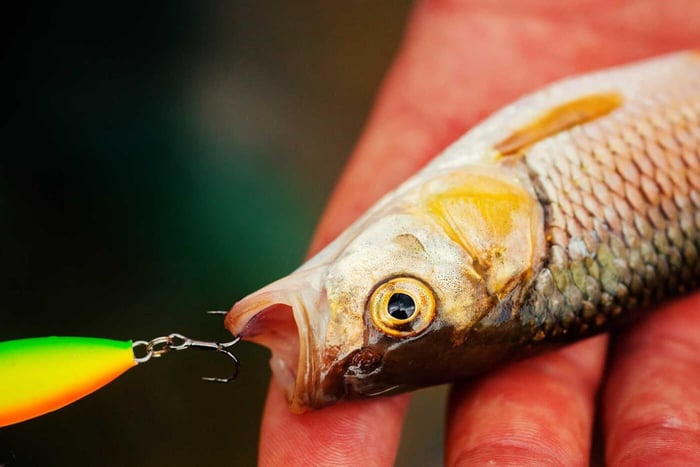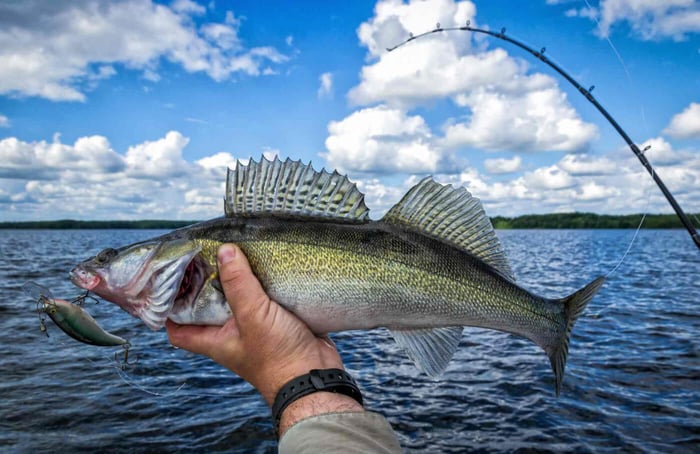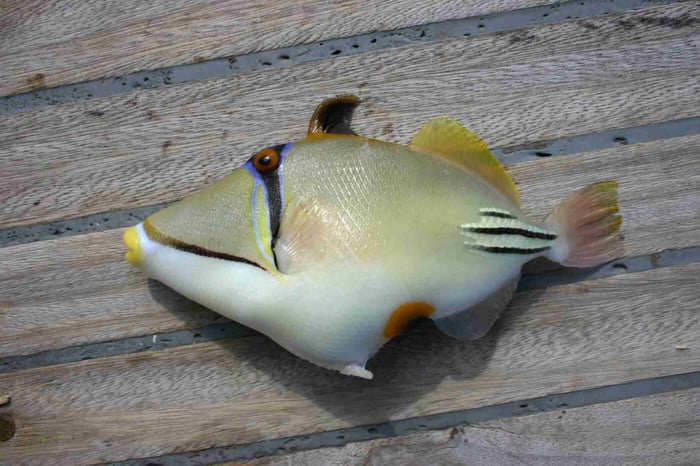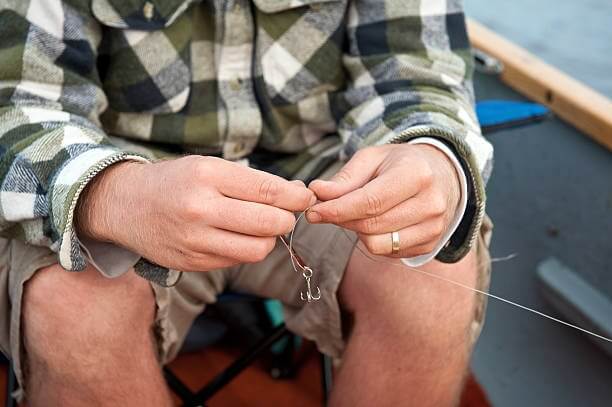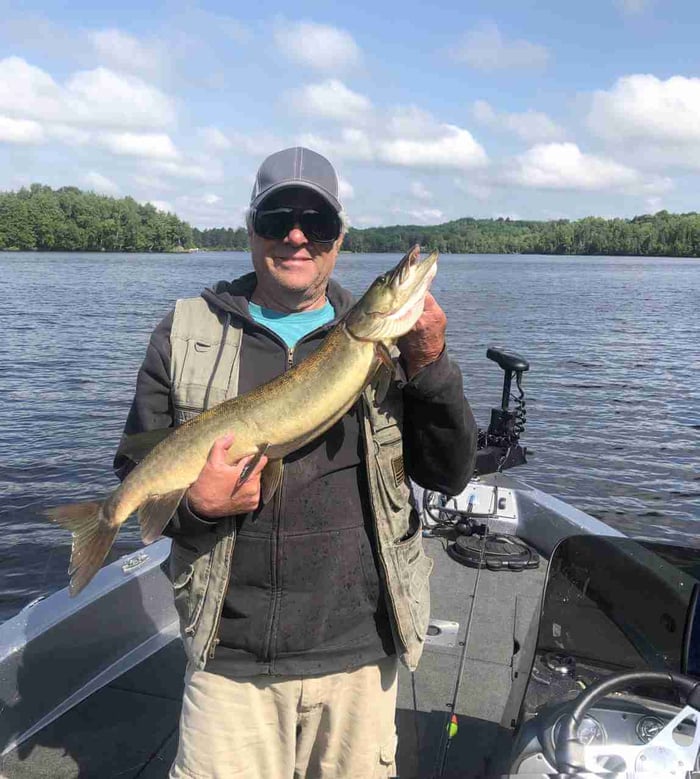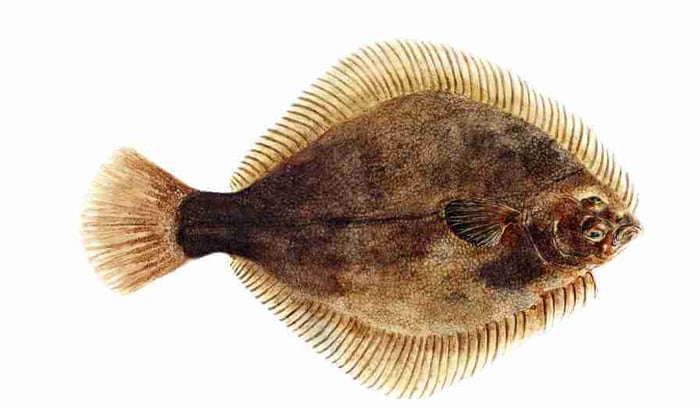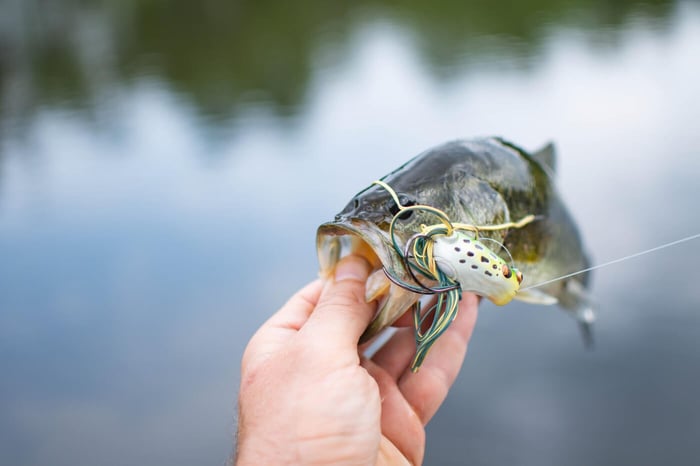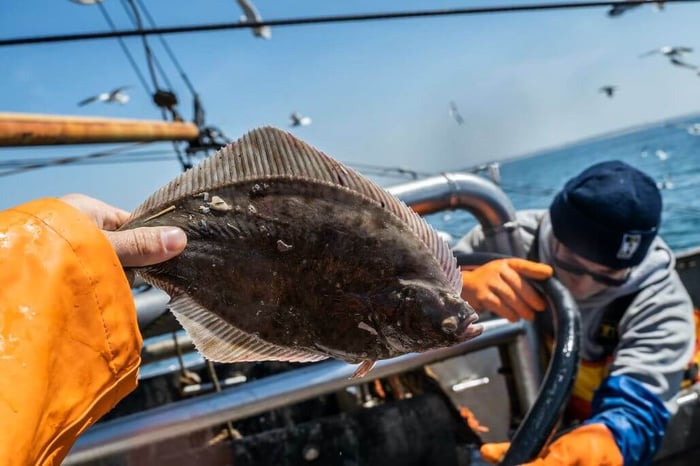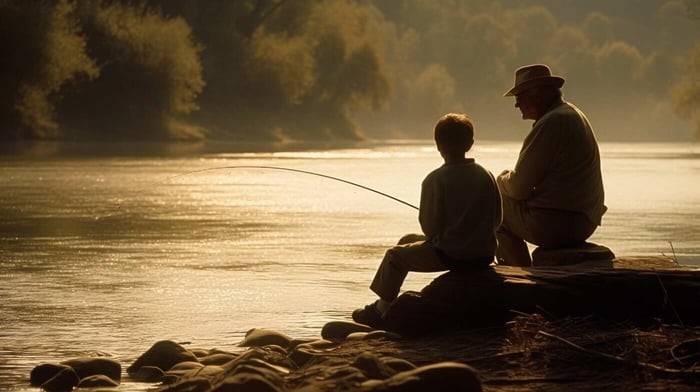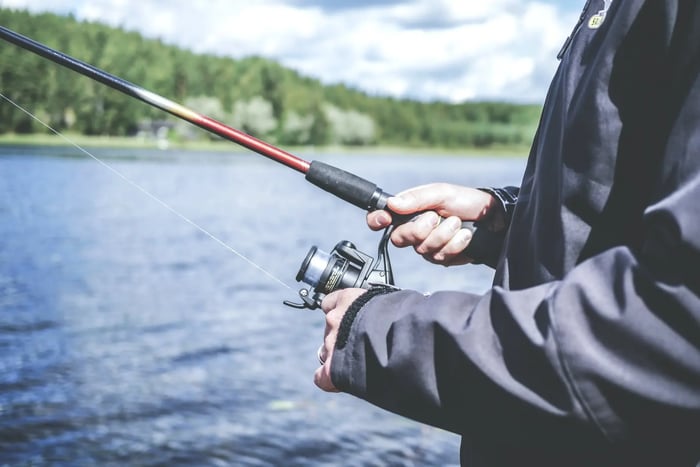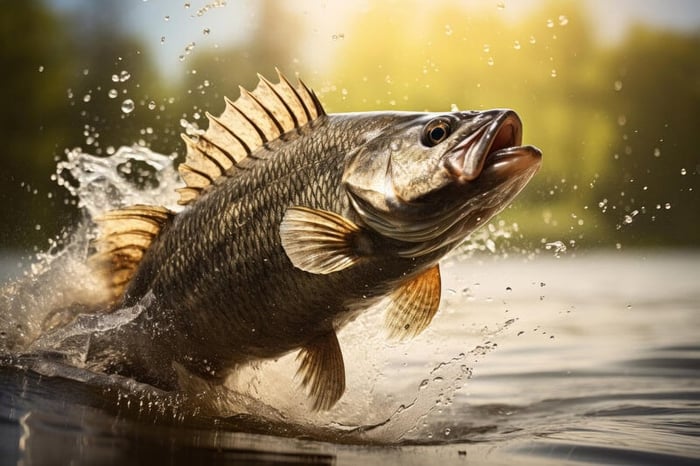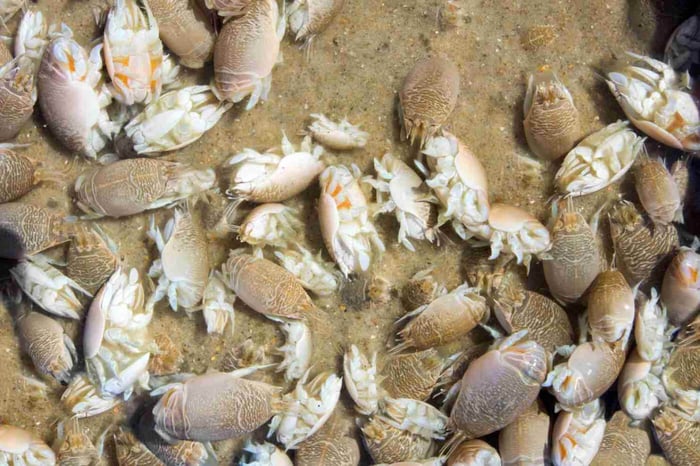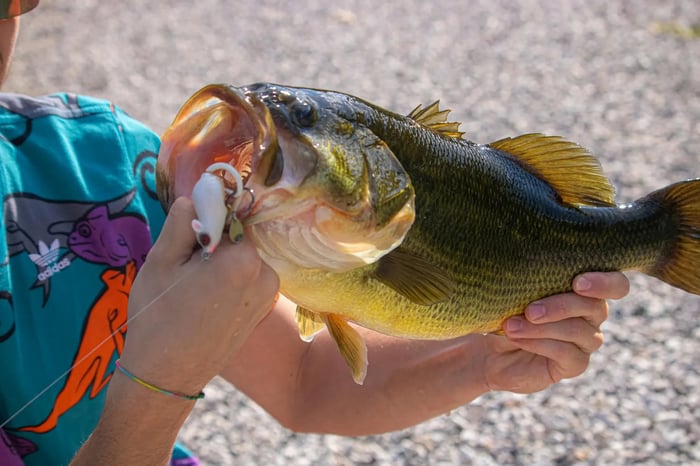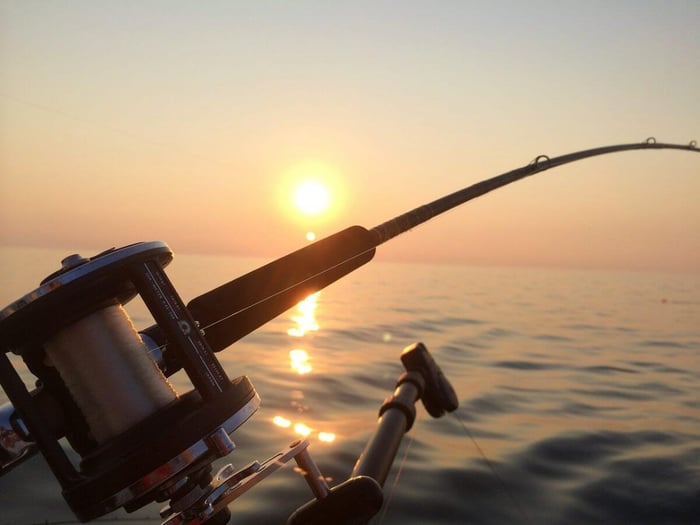Every angler has a different idea of the ultimate recreational fishing experience. Some enjoy going out to heart-pounding offshore water for a deep-sea fishing trip. You can only imagine how thrilling it is to catch a monster trophy fish from the ideal fishing location while employing good rigging.
Ultimately, the experience boils down to hooking trophies, and deep-sea fishing is one of the most well-liked and well-known methods for targeting different species.
What is Deep Sea Fishing?
Any recreational fishing in ocean waters below 100 feet is called deep-sea fishing.
Enthusiasts refer to it as both sea sport and industrial fishing. Thus, fishing for the sport is classified as a sport or big game fishing.
Deepwater fishing does not include any bay fishing in either freshwater or saltwater. Deep-sea fishing is always done from a boat because the deep oceans are always far from land. Boats can occasionally travel to deep-sea depths that are relatively near to land. Sometimes, this kind of fishing is done miles—or even hundreds—from the closest land area.
The variety of deep-sea species it catches sets it apart from other forms of recreational fishing. Sharks, tuna, marlin, swordfish, and other trophy fish are caught during big game fishing.
Types of Deep Sea Fishing
During their deep-sea fishing trips, most fishermen use a guide service. The location, tour operator, and fish species influence the price and quality of these fishing charters.
Deep-sea fishing isn't for inexperienced sailors. That much is certain. The large, rolling waves of the open ocean continuously rock even the most excellent vessels. Even fishermen with strong stomachs sometimes become queasy when all they can see is water.
You can choose between a group deep-sea fishing charter and a private charter.
Half-Day Trips
A half-day trip is typically the least expensive choice for sport fishing excursions. Since traveling far into the ocean takes a while, these shorter cruises typically only travel far from the land.
Full-Day Trips
Trophy fishing frequently involves full-day excursions. These charter boats depart the coast early morning and occasionally return after sunset. Anglers get a better opportunity to experiment with various deep-sea fishing techniques on full-day excursions.
Night Fishing Adventures
Only certain fish species bite at night. Some guides take deep-sea fishing expeditions at night to catch these species.
Multi-Day Excursions
These deep-sea fishing adventures are the best of the best. Despite being the most expensive, they also provide the most opportunities. Fishermen might anticipate using various techniques at various times of the day. Anglers have the highest chance of landing their ideal fish with this type.
What to Prepare for Deep Sea Fishing

Proper Clothing
The right clothing for the right weather makes your activity comfortable and easy. If you are fishing during winter, try layers that will keep you warm. Also, layering your clothes lets you adjust your clothing as temperature changes. During summer or at any time of the year, wear sunscreen.
Rubber Boots From Inland to Offshore
Wear rubber boots or any shoes with a rubber bottom. This is to prevent you from slipping on the floor. The juice and other fish extracts will make the floor wet and slippery.
Bring Insulated Cooler
This cooler can be a dual purpose for you. First, you can store and chill your drinks here. After catching your fish, you may store it there on your ride home. Just don't bring alcohol.
Medication Sickness
This is for emergency or preparation purposes. Bring medication that can lessen or prevent your motion sickness. You went on this trip to be thrilled and enjoy. You wouldn't want to spoil this activity. And if you know you are sensitive to movement illness, taking medications before riding on board is better.
Camera to Document
If you want memories of your trip, whether a rare occasion or a regular fishing day, you would want to bring a camera or video camera to shoot or film your quest for deep-sea fishes. Seeing your trophy fish in old photos or videos is very satisfying.
Your Gear
Bring your tackle to fit your deep fishing. Bring a spinning or conventional rod and reel combo for a 20-40 lb test line. Spool your reel with a braided line and a 25 or 30-lb monofilament or fluorocarbon leader line.
Include torpedo sinkers, and bring one package of 2/10 bait hooks (4-6 hooks). If you are going rock fishing, bring 2/0 or 3/0 circle hooks.
Other things
Bring a hat, sunglasses, hand towels, gloves, water, lunch, and snack, and some cash for unexpected purchases.
What to Expect During Deep Sea Fishing
Location
Since this is deep, you are going roughly 20-30 miles from the land and hundreds to thousands of feet deep. This is a long journey depending on which coast you come from. Make sure you got all you need when you leave offshore. Usually, this ship has a radio for ship-to-shore communication in case of emergency.
Vessel
Deep sea boats are much larger than other fishing boats for inshore offshore fishing. Its material is stronger and can withstand harsh open sea elements such as waves and strong winds. It is also made bigger to occupy the larger fishes.
Weather
Since you are fishing in a bigger vessel that can withstand harsh winds and waves or even little rain, expect that your trip can always be canceled. But if instances such as strong winds affect your navigation, doing it on another day is safer. Experts of deep fishing with you know when it will be safe or dangerous to head out deep fishing. This activity is naturally dangerous but can be lessened with correct preventive procedures.
Time of Day
Time is also one crucial factor when taking a deep-sea fishing trip. If you are planning your trip, consider doing it at sunrise or sunset to catch more fish. Small fish and crustaceans come more alive with movement when the moon rises or sets. This will stimulate other fish to prey after them, making them more active. It has been said that the best time to fish is two hours before sunrise or 2 hours after sunset.
Signs of Nature
Your guide will tell you through your trip the kind of fish you find and certain groups of animals along your way. These are also indicators to spot the big fishes you are hunting.
For example, you can expect tuna if you see a group of dolphins. Researchers found this association is mutualistic. They swim together to protect each other from predators such as sharks.
Another sign is when you see seagulls, and you can expect a school of small fish near the water's surface. This also signals large fish to prey on the smaller fishes.
Physical Action
Expect more physical strength when pulling up with your big fish than inshore fishing, where you sit and wait while holding a can of beer. Deep sea fishing requires more pairs of hands. The weight and battle between the large fish are what excites fishermen.
Fishing Poles
Deep fishing requires versatile fishing rods. You may have the same fishing rod but different specs. Your fishing tackle must be made out of a material that is saltwater-proof. Lines must be strong and resilient enough to withstand the large fish weight. Multiplier reels can help by eliminating friction. Equipping yourself with different gears gives you a more stable and powerful line when you reel your catch out of the water.
Expect Extremes
Being distant from the land may mean extreme actions such as strong winds and waves. For a beginner, you may think you'd die of a heart attack or shipwreck there, but that kind of extreme action is typical where. You can get by. Expect also that you're going to get wet and sweaty. But if you are with an expert in the deep fishing guide, you can relieve the worry that you will come home safe.
Your Guide
The guides are professional and experienced anglers, whether deep sea or inshore fishing. They know the precautionary safety measures for this kind of activity. Expect you to be briefed before going on the trip and coached during your adventure. If experts surround you with this kind of fishing, there is nothing to worry about.
Expect Other Sea Creatures
When you arrive in the deep sea, expect to encounter various marine animals and birds. You may encounter whales, dolphins, seagulls, pufferfish, and sharks. You will be amazed or frightened, but your guide ensures you are safe. In addition, you can fill your camera with lots of footage and shots of these animals on your trip.
Expect These Species
Here are some of the common species caught in the deep sea. The following are commonly found in South Florida: salmon, swordfish, marlin, shark, barracuda, amberjack, mahi-mahi, mackerel, snapper, and groupers.
Useful Tips
- Go to spots near the reef. There are small fishes there which means big fishes are lurking there.
- Use natural or artificial bait to troll around a tower or buoy to get fish's attention.
- Change your bait often If fishing with live fish for bait.
- You can't catch fish every time you go out fishing. Even experienced fishermen go home with empty fishing coolers. Stick to the right attitude and enjoy your time on the water.
Some Deep Fishing Spots Off US Coast
Deep-sea fishing occurs in various locations, including bottomless canyons, continental shelves, shipwrecks, reefs, canyons, mountains, etc. Each area has multiple species of fish, difficulties, and opportunities.
Having a basic understanding of fishing seasonality is also crucial. Identify the fish's season so you can target them.
It's possible to have a great adventure on opening day. A good captain will know the fish, what is available, and how to position you for success. The fact that the captain will or should take care of all the details for you is another factor in the popularity of fishing charters.
Below are some of the best spots to start your adventure in the open waters.
Montauk, New York
It is referred to as the "Fishing Capital of the World." It is called so due to much migrating fish traveling from Long Island Sand through Maine, passing by Montauk in groups. There are giant sharks and other deep-sea fishes 60 miles from the land.
Florida Keys, Florida
This spot is a popular little deep-sea fishing area, especially in summer. The weather is warm throughout the year. The location can offer tuna, bonefish, marlin, and swordfish from the Gulf Stream.
Destin
Deep sea fishing in Destin is the most popular location among Florida spots. Florida has some of the best deep-sea fishing around. Florida's waters are home to many splendid big game species. You will reel in Amberjack, Barracuda, Cobia, Dolphin (Mahi-Mahi), Grouper, Kingfish, Marlin, Sailfish, Shark, Snapper, Swordfish, Tuna, and Wahoo.
Outer Banks, North California
This spot offers a variety of fish because of the Gulf Stream waters that come from the Caribbean and the Gulf of Mexico. These waters provide a lot of fish, such as tuna, marlin, king mackerel, red drum, wahoo, and more. The best times to visit are April to June and September to October.
Cape Cod, Massachusetts
From 65 miles of coastline, there are many spots to do offshore fishing, where you will catch striped bass, mackerel, bluefin tuna, and more. You can also enjoy the breeze offshore.
Galveston, Texas
This place is beautiful all year round reason why fishermen love it here. Plenty of fish to catch, such as king mackerel, wahoo, sailfish, and red grouper, will satisfy your excursion. This gulf also offers deep sea action for sharks.
Is Deep-sea Fishing Difficult?
To successfully deep-sea fish, you typically need to have more fishing knowledge. Nonetheless, a charter is an excellent place for beginners and inexperienced fishermen to succeed. The expertise and willingness of the captain and crew play a significant role in the charter's success.
You can go to a nearby deepwater fishing spot and catch tons of fish or almost none. Experience is what makes a difference.
Depending on your deep-sea fishing type, you can usually target a few fish species or a wide variety of fish. You can trawl or chum, depending on your target fish.
Although trawling pulls your line and lure or bait through the water, chum fishing draws predatory fish to one area. While some fish, like tuna, are drawn to movement, others rely on their noses to locate food.
You may plan your ultimate fishing experience if you have a place in mind, a target fish species, and a spending limit. It could be close to your house or a vacation to a tropical beachfront halfway around the world.

